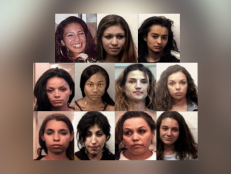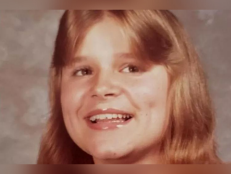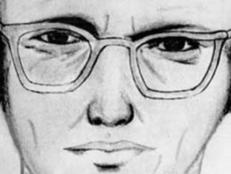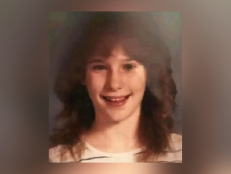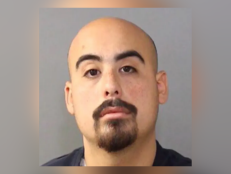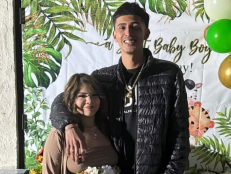Crime History: Ted Bundy Dies Weeping in the Electric Chair, Crowds Cheer
![“Ted Bundy’s Final Interview,” [screenshot]](http://investigationdiscovery.sndimg.com/content/dam/images/investigationdiscovery/crimefeed/legacy/2017/01/20170124_Screen-Shot-2017-01-24-at-11.59.05-AM.png.rend.hgtvcom.616.347.suffix/1537817144805.png)
Alex Dobson video
“Ted Bundy’s Final Interview,” [screenshot]
Notorious serial rapist, murderer, and necrophile Theodore Robert Bundy, 42, spent the early hours of January 24, 1989, in prayer. He also couldn’t stop crying.
The previously arrogant and cocksure slayer and violator of at least 36 women (some sources believe the actual number could be more than 100) reportedly grew ever more emotional as he faced an appointment at 7 A.M. — with death.
The State of Florida had sentenced Bundy to die nearly a decade earlier for the 1978 rape and murder of a 12-year-old girl. He had also been convicted for killing two FSU Tallahassee students.
In the days leading up to his scheduled execution, Bundy confessed to dozens more atrocities, pointing FBI agents to crime locations and other evidence in Florida, Idaho, Oregon, Washington, and Utah.
Ever since his June 1979 guilty verdict, Bundy’s attorneys had postponed his ultimate fate with “Old Sparky” — the nickname for the electric chair at Starke State Prison.
Bundy’s confessions initially bought him more time. Finally, though, after every possible avenue of appeal was exhausted, Bundy seemed to just want to unburden himself of a multitude of secrets.
Talking to Christian broadcaster James Dobson earlier in 1989, Bundy blamed his initial corruption on being exposed to pornography, but added, “I deserve the most extreme punishment society has.”
Jerry Blair, the Florida prosecutor who put Bundy behind bars for the last time, said that in his final days, the convict supplied the FBI with “hard concrete evidence on 16 homicides. He was involved in at least 30 others, and possibly linked to another 20 beyond that. He talked about 70 murders.”
The night before his execution, Bundy passed on his requested last meal of steak and eggs. He prayed with Methodist minister Frederic Lawrence, and wept uncontrollably. The clergyman said, “He didn’t want to die, but he knew he had to. He cried, sure. We both cried. You have to cry for his victims, too.”
Guards led Bundy to the death chamber at 7 A.M. His legs buckled. Witnesses described him as “ashen,” as well as “frightened and humbled.” Blair said Bundy had become “an emotional basket case.”
The condemned prisoner addressed his last words to Reverend Lawrence and his lawyer, Jim Coleman. He said, “Fred and Jim, I’d like you to give my love to my family and friends.”
An attendant placed a black leather hood over Bundy’s head. At 7:06 A.M., a masked executioner threw a switch that dispatched a lethal charge of electricity. Ten minutes later, an on-site doctor officially declared Ted Bundy dead.
In the meantime, a crowd of about 500 had gathered outside Starke State Prison. Among them were Catholic nuns and other protestors who opposed the death penalty. Overwhelmingly, though, the throngs had assembled to celebrate the execution.
Chanting “Burn, Bundy, Burn” and waving signs that announced “Tuesday Is Fry-Day,” the revelers at the impromptu “Bundy-Q” popped champagne, high-fived, hugged, and danced when news broke that the killer had been killed. Fireworks exploded overhead. Ecstatic cheers broke out upon sighting the hearse that was carrying Bundy’s body away from prison.
The Los Angeles Times quoted celebratory St. Augustine police officer David Hoar as stating: “I wish I could have been the one flipping the switch!”


